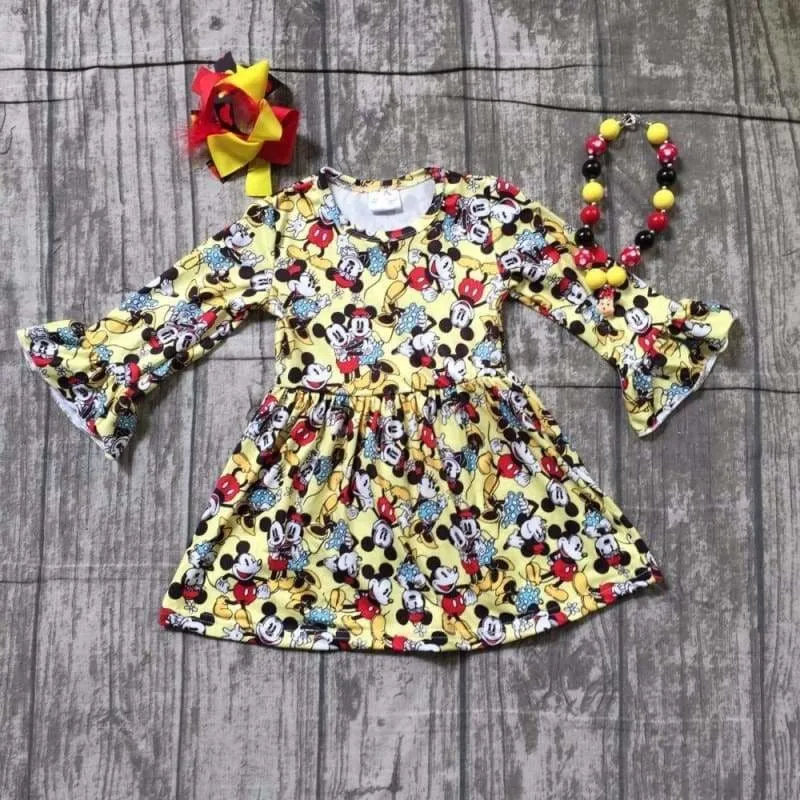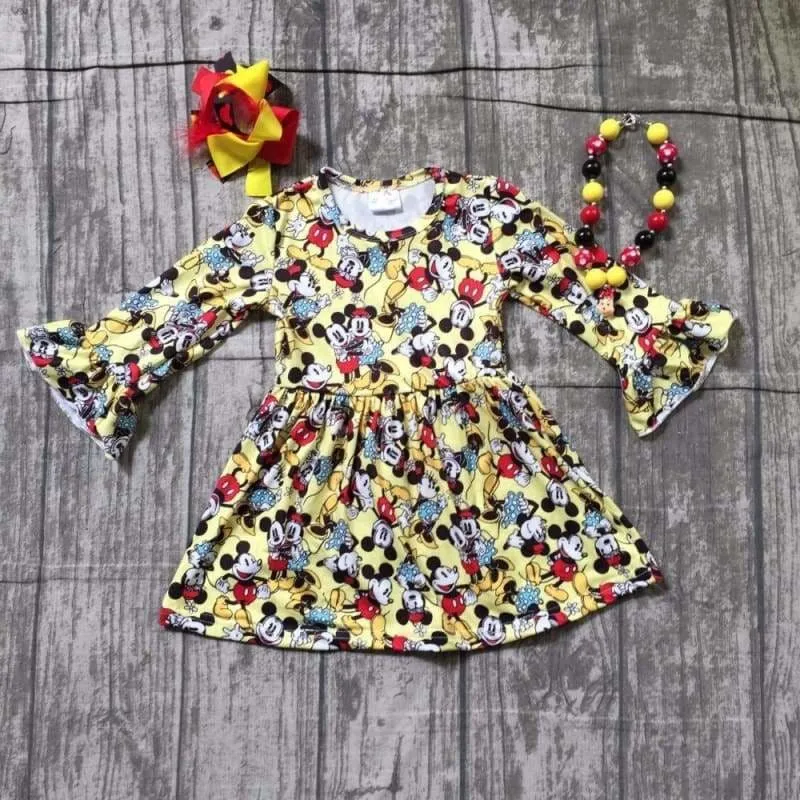🔥🔥 93% OF CUSTOMERS BUY 3 OR MORE 🔥🔥
Our adorable Autumn Dress is perfect for your little princess this fall. Made with soft cotton fabric, super comfy, while still being so stylish! Love it, a must have! Grab one now limited quantities available and these will sell out fast!
Once you know your body measurements,consult the Size Chart on the product pages for actual item measurements to determine which size you should purchase.
Size Chart
|
Kid US Size |
Body Length(cm) |
Size |
|
2T |
45.5 |
90cm |
|
3T |
46.5 |
100cm |
|
4T |
49.5 |
110cm |
|
5 |
51.5 |
120cm |
|
6 |
53.5 |
130cm |
|
7 |
54.5 |
140cm |
|
12M |
43 |
80cm |
Just click the "Add To Cart" Button Below! There's a very limited stock, and they will go soon!
Note: Due to High Demand Promotional Items May Take Up To 2-4 weeks for delivery.
WE SUPPORT AN AMAZING CAUSE
We're thrilled to support Nanhi Pari Foundation is a Girl Child Right Organization which works for Education, Health & Nutrition for Girl Child.
Best Buy Deal's 7-POINT HAPPINESS CHECKLIST
1. FREE Shipping Worldwide on special offers.
2. Fast, Sure & Safe delivery.
3. Safe Payments via PayPal® and 2Checkout®.
4. 30 Day Money Back Guarantee.
5. Real humans on our support help-desk !
6.Tracking number for every order.
7.We use encrypted SSL certificates for 100% security.
Some Facts About Autumn
1. Autumn begins
There are two different dates when autumn could be said to begin. Autumn as defined by the Earth's orbit around the sun, begins on the equinox which falls on 22 or 23 September.
However, for the purposes of recording climate data, it is important to have set dates that can be compared, so the meteorological Autumn always begins on 1 September.
2. Trees prepare for winter
One of the most stunning signs of Autumn is the turning of the leaves. The shorter days are a sign to trees to begin to prepare for winter.
During winter there is not enough light for photosynthesis to occur, so as the days shorten throughout autumn, the trees begin to close down their food production systems and reduce the amount of chlorophyll in their leaves.
3. The chemistry of colour
Chlorophyll is the chemical which makes tree leaves green and as it declines other chemicals become more prominent in the leaves.
These are responsible for the vibrant ambers, reds and yellows of autumn. The chemicals responsible are types of Flavonoids, Carotenoids and Anthocyanins.
Did you know some of these chemicals are the same ones that give carrots (beta-carotenes) and egg yolks (luteins) their colours.
4. People born in Autumn live longer
A study in the Journal of Aging Research found that babies born during the autumn months are more likely to live to 100 than those born during the rest of the year.
Their study found that 30% of US centenarians born during 1880-1895 were born in the autumn months.
5. The days get shorter
The word equinox comes from the Latin equi (meaning equal) and nox (meaning night) accounting for the equinox marking the time when day and night are of equal length.
We often notice the nights begin to draw in from this point as after the Autumn equinox, the night longer than the day, until this is reversed at the Spring equinox.
6. A date for your diary - 24 September 2303
Generally speaking the autumn equinox always falls on either 22 or 23 September, but not quite always.
Because the Gregorian calendar is not quite in perfect symmetry with the Earth's orbit, the autumn equinox will very occasionally fall on September 24. This last happened in 1931 and will next happen in 2303.
7. Persephone's return
In Greek mythology, autumn began when Persephone was abducted by Hades to be the Queen of the Underworld. In distress Persephone's mother, Demeter (the goddess of the harvest), caused all the crops on Earth to die until her daughter was allowed to return, marking spring.
8. Autumn and Fall
We typically think of 'Fall' as the North American version of the word 'Autumn', but it was in fact in widespread usage in England until relatively recently.
Originally a shortening of the phrase fall of the leaf, the phrase was common in England in the 17th century.
The word autumn entered English from the French automne and didn't become common usage until the 18th century.
















